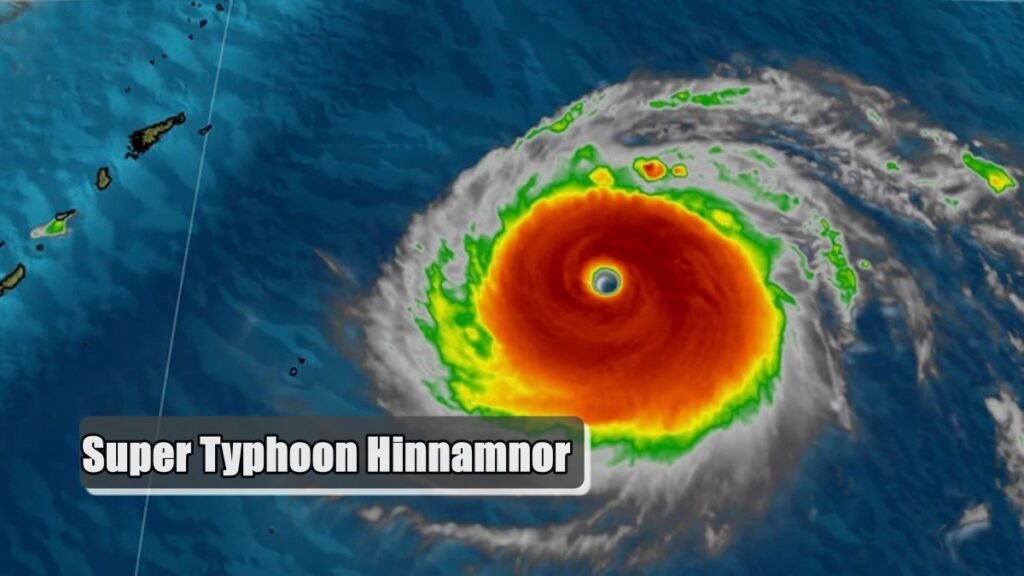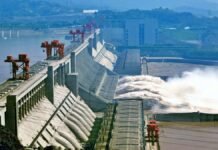
Tokyo: Super Typhoon Hinnamnor is this year’s most powerful tropical cyclone on Earth and is gaining strength over the West Pacific Ocean posing threat to people and livelihoods across Japan, the Philippines and China.
Currently, it is moving across the East China Sea, threatening the southern islands of Japan and China’s east coast. It is bringing about 257 kilometres per hour and gusts of 314 kilometres per hour, as per data by the US Joint Typhoon Warning Centre.
Hinnamnor’s maximum significant wave height is 15 metres
The Joint Typhoon Warning Centre and the Japan Meteorological Agency also classified Hinnamnor as a Super Typhoon. It is currently centred about 230 kilometres east of Japan’s Okinawa and is expected to move west-southwest at about 22 kilometres per hour towards the Ryukyu Islands.
The US Joint Typhoon Warning Centre (JTWC) said the super typhoon will lose some of its strength over the coming days. According to the weather website Accuweather.com, it has been classified as Category 4 major hurricane on the Saffir-Simpson Hurricane Wind Scale in the Atlantic and East Pacific basins. The report said the storm had a well-defined eye.

Rainfall across the Ryukyu Islands was measured at 200-300 mm which means that the rains could lead to substantial flooding. Experts speaking to Accuweather said that localised rainfall amounts may reach higher levels if the typhoon stalls over a particular location.
The report said the closer the eye of the storm gets to the small islands, the damage could be more extreme.
Earlier this year, tropical cyclone Batsirai lashed Madagascar and the southern coast of Africa. It caused major infrastructural damage to the island nation and killed 21 people.
Meanwhile, in the Atlantic, the situation is quieter. The area between Africa and the Caribbean, according to Bloomberg News, is known as Hurricane Alley and is on course for its first silent August in 25 years. August is the start of the hurricane season’s most active phase.
It was only in 1961 and 1997 that the region had stormless Augusts, according to data collected over a period of seven decades, as per Phil Klotzbach who authored Colorado State University’s seasonal storm forecast.


















































